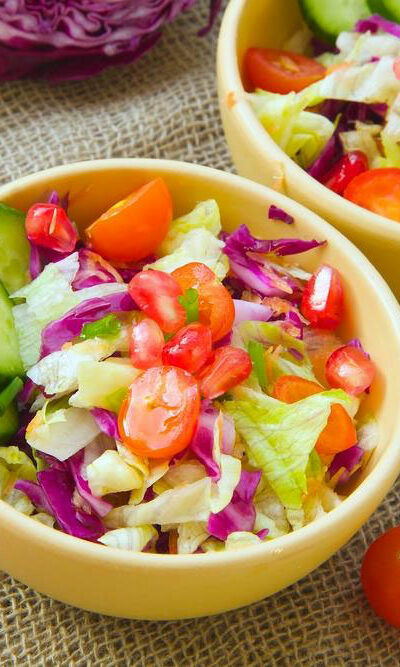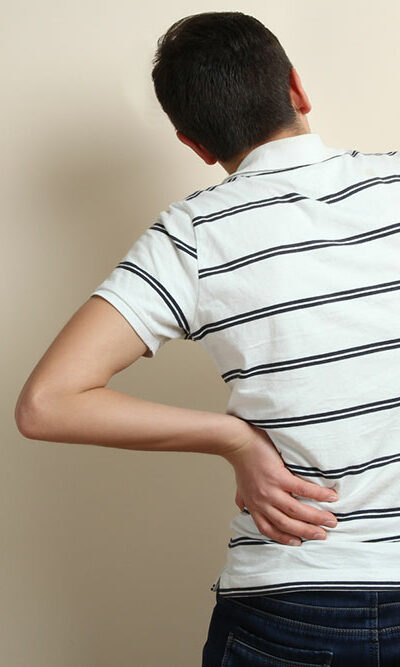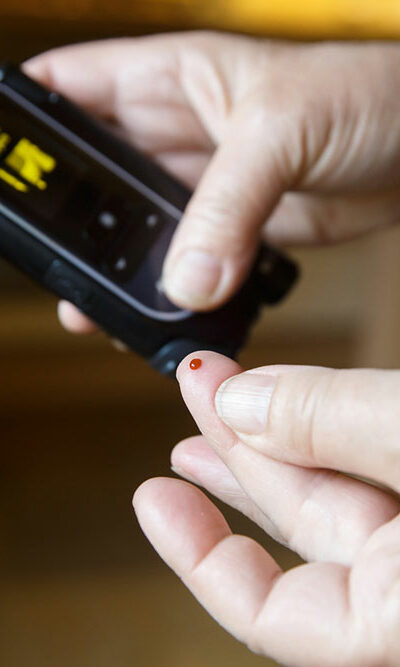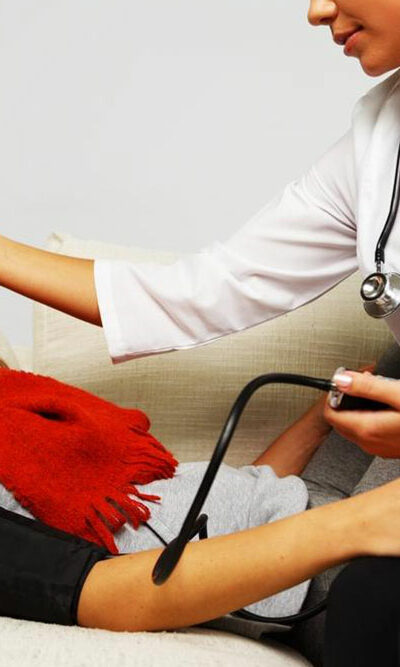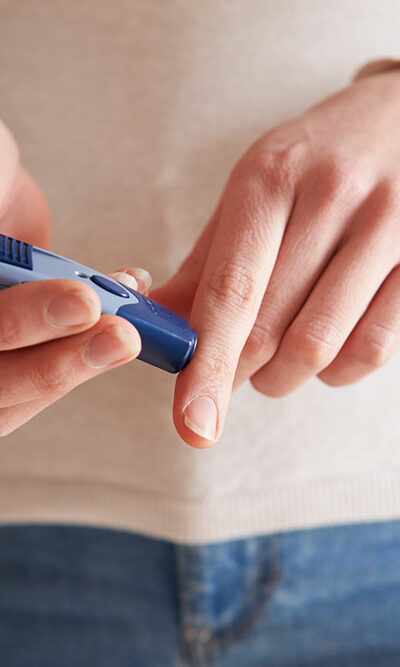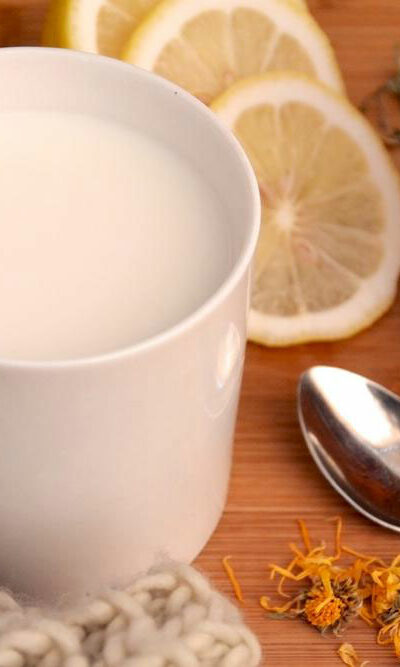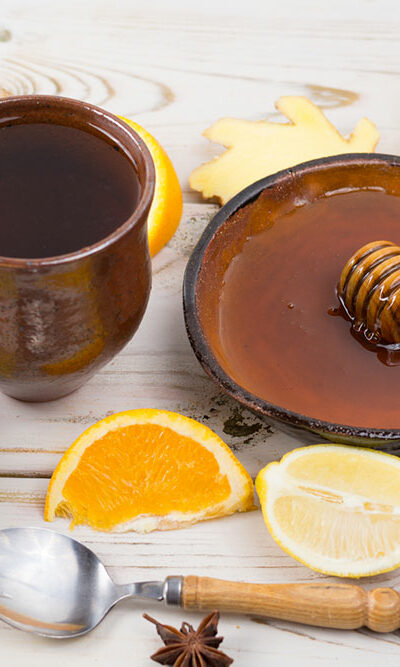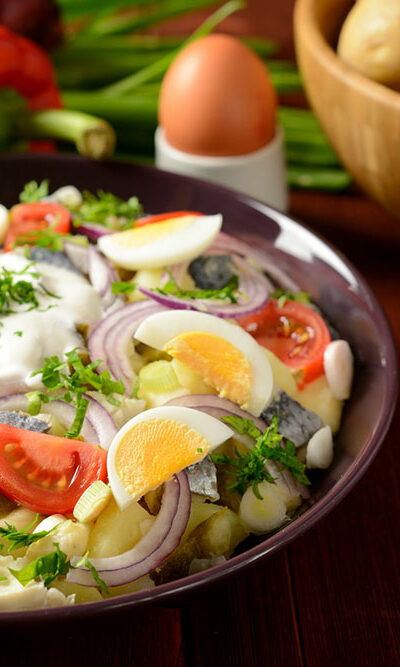
What to Include and Avoid in a Hiatal Hernia Diet
It is commonly observed that people whose diet is irregular, suffer through acid reflux problem. It is a prevalent issue in the digestive system where acids accumulate because of unhealthy eating habits and food contents. Mainly oily food, spicy agents, and acidic caffeine based drinks create excessive acids in the digestive tract which at a certain point cannot digest easily. Hence, a severe stomach problem people suffer is of a hiatal hernia. In this type of condition, the stomach’s upper portion presses upward through the diaphragm under the chest area. The main symptom one could face during the existence of a hiatal hernia is the acid reflux. Discomfort and pain caused after eating a specific type of spicy food items is another primary symptom of the respective condition. What are the food items to avoid? Therefore, a hiatal hernia diet should include non-acidic food preparations and liquid products. Some of the food items and ingredients are listed below: Garlic and onion: Raw or cooked both are acidic. They should curtail in food preparations from the hiatal hernia diet plan. Citrus fruits: It is better to avoid citrus foods entirely such as oranges and limes entirely until acid reflux and discomfort last. Tomato-based food items: Pasta in red sauce, salsa, spaghetti sauce all have high tomato content and should not include in the diet plan. Fried and spicy foods: Burgers, fried chicken, nuggets and food that is high in sodium and eliminated. Which beverages are not allowed in hiatal hernia diet? Anything which has acid and bubbles must be avoided. But to clearly understand what is not healthy for you at all, they are stated below: Wine, beer, spirit based drinks, and alcohol are not allowed Coffee filtered or non-filtered both avoided. Avoid caffeinated teas or ginger based tea preparation Seltzer water and soda drinks wholly banned for the hiatal hernia patients Whole milk which has a high-fat percentage and not pasteurized Symptoms of a hiatal hernia Hiatal hernia diet includes various food preparations that have low fat, few carbohydrates, and zero acidic contents.


